Everything you need to know about specifications and performance - Toyota C-HR 2017 - 2.0 (144 Hp) Automatic
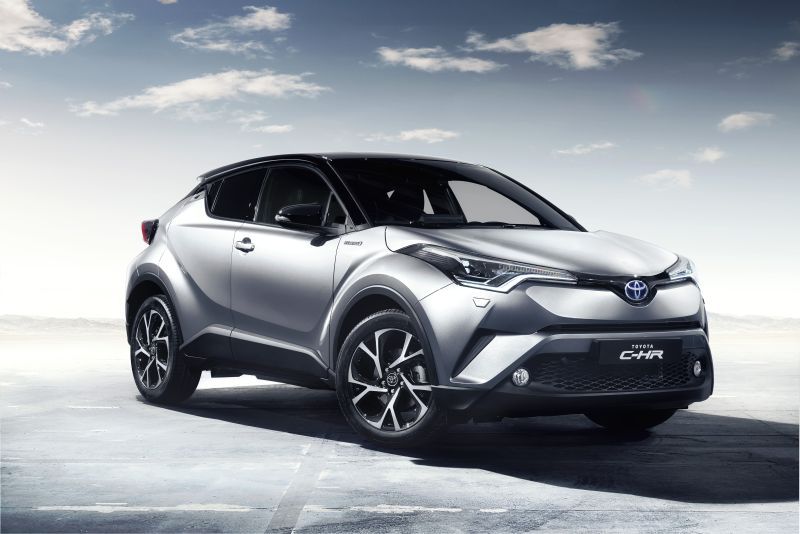
Overview:
What is the engine capacity of a Toyota C-HR 2017?
The engine capacity of the Toyota C-HR 2017 is 1987 cm.
Toyota C-HR 2017 How many horsepower?
The engine power of the Toyota C-HR 2017 is 144 Hp @ 6100 rpm..
What is the Toyota C-HR 2017 engine?
Toyota C-HR 2017 engine is 3ZR-FAE. (Click to see other cars using the same engine)
How much gasoline does a Toyota C-HR 2017 consume?
The Toyota C-HR 2017 consumes 8.1 liters of gasoline per 100 km
What is the recommended oil for a Toyota C-HR 2017 engine?
The recommended oil for a Toyota C-HR 2017 car engine is 5W-20.
What type of camshaft transmission system is used in a Toyota C-HR 2017 engine?
chain is used to transmit motion.
General:
Engine:
Performance:
Space:
dimensions:
Powertrain, Suspension and Brakes:
See also
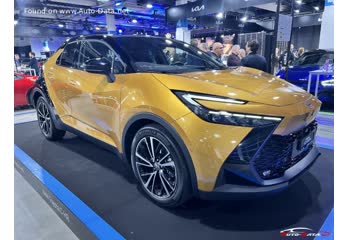
Last generation.
Its production began in 2023 until Now
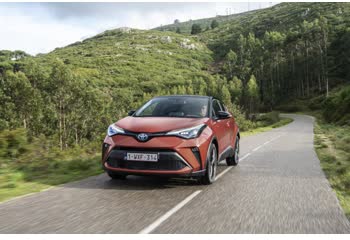
Other generation.
Its production began in 2020 until 2023
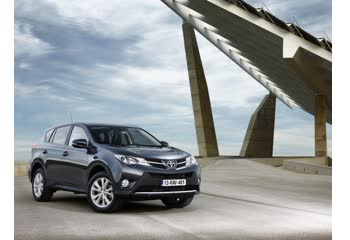
Same engine. (3ZR-FAE).
Its production began in 2012 until 2015
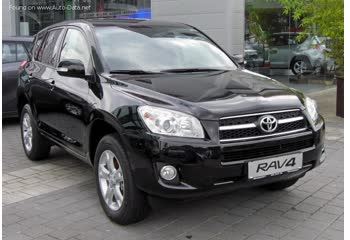
Same engine. (3ZR-FAE).
Its production began in 2008 until 2010
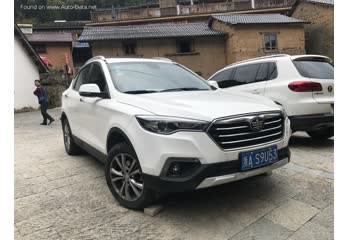
Same production year and almost the same engine capacity.
Its production began in 2017 until Now
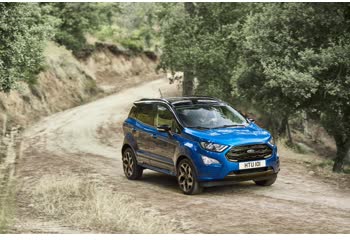
Same production year and almost the same engine capacity.
Its production began in 2017 until 2022
Write a comment